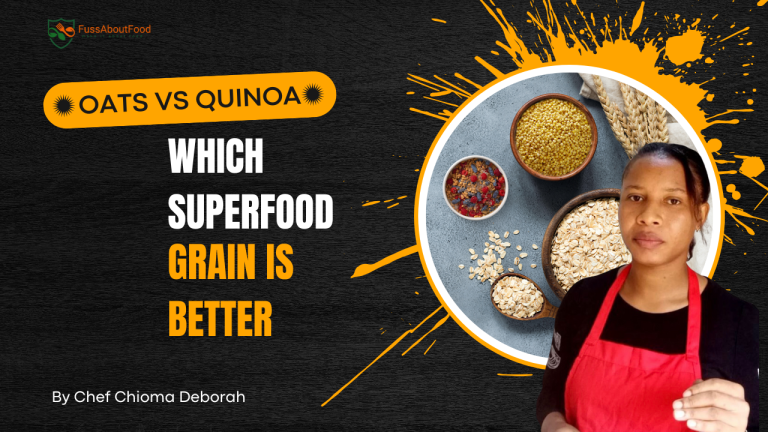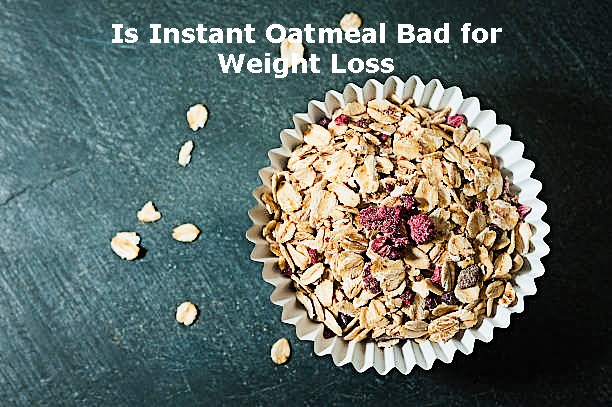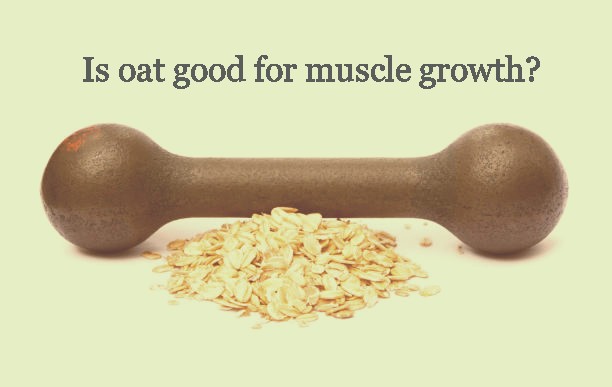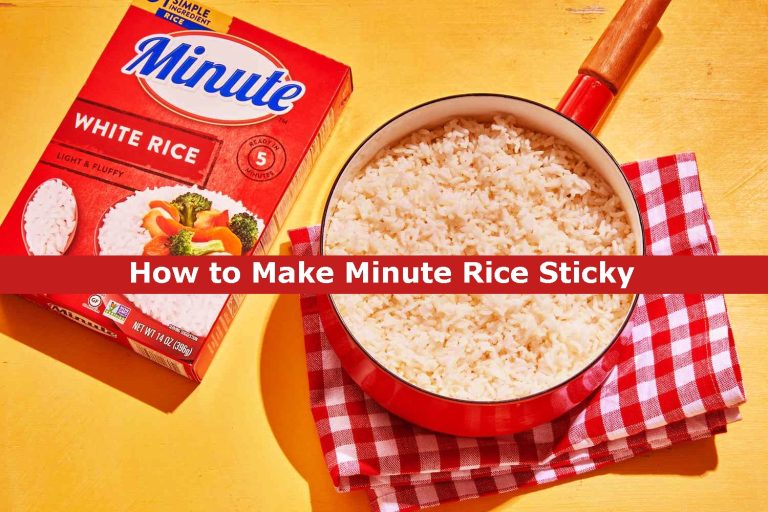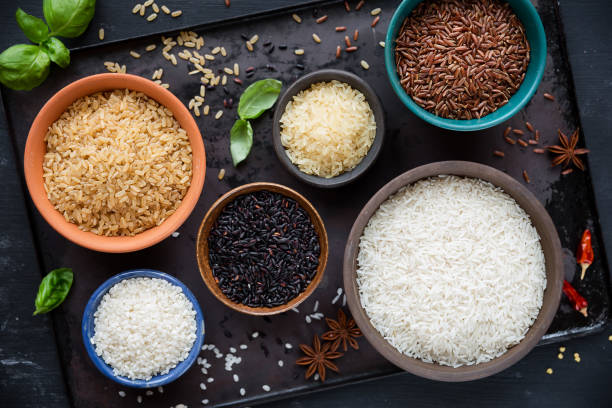Instant rice, also known as pre-cooked, quick-cooking, or minute rice, has become quite popular as a convenient food item in our busy lives. With its quick and easy preparation process, it’s not a surprise that many households have come to rely on it.
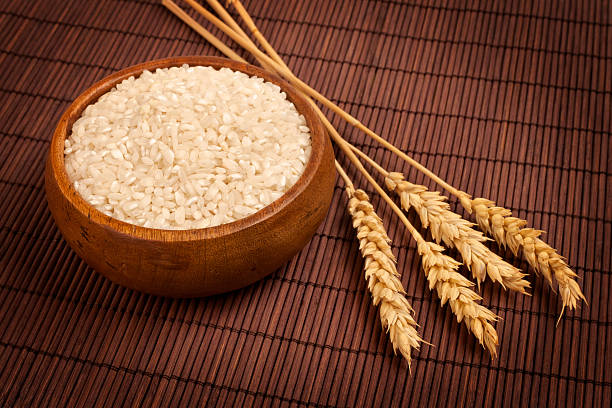
But the question stands: Is instant rice bad for you?
In this article, we will delve into the details and facts about instant rice, its benefits, and its drawbacks to help you make an informed decision about its consumption.
Table of Contents
What is Instant Rice?
Instant rice is rice that has been precooked, dehydrated, and then packaged for consumer convenience. This process allows it to be rehydrated and cooked quickly, usually within minutes, providing a convenient alternative to traditional rice varieties that can take much longer to prepare. Instant rice can be found in various forms, including white, brown, and even flavored varieties.
Is Instant Rice Bad For You?
No, Instant rice itself is not “bad” for you. It’s a type of rice that has been partially cooked and then dehydrated, allowing it to cook quickly when you add water or heat it in a microwave. However, whether or not it is a healthy choice depends on your overall diet and nutritional needs.
Instant rice can be a convenient option when you’re short on time, but it may lack some of the nutritional benefits of whole grains like brown rice, which contains more fiber and nutrients. If instant rice is a significant part of your diet and you’re not balancing it with other nutritious foods, it could potentially contribute to an imbalanced diet.
Benefits of Instant Rice
Convenience: The primary advantage of instant rice is that it is easy and quick to prepare, saving time and energy in the kitchen. The precooked nature of the rice allows for shorter cooking times and less fuss, which can be beneficial for busy households.
Nutrient Retention: Contrary to what many believe, instant rice does not lose all of its nutrients in the precooking process. Instant rice retains a significant amount of fiber and essential nutrients such as vitamins and minerals.
Shelf-life: Instant rice has a longer shelf-life than traditional rice, which can be an advantage for stocking up or reducing food waste.
Also Read About – Does Instant Rice Have Arsenic?
Drawbacks of Instant Rice
Lower Nutrient Content
While instant rice can still provide some nutrients, the processing involved in making it does reduce its overall nutritional value. For example, instant white rice has approximately 70% fewer nutrients than regular, unprocessed white rice. Brown rice, on the other hand, manages to retain much more of its nutritional content.
Higher Glycemic Index
One of the main health concerns with instant rice is its higher glycemic index compared to traditional rice. This means that instant rice can cause a more rapid spike in blood sugar levels, which can be problematic for people with diabetes or those looking to maintain stable blood sugar.
Additives and Preservatives
Some instant rice products may contain additional additives, preservatives, or flavorings that may not be the healthiest option for consumers. Although these additives are generally approved for consumption, it’s essential to read the ingredient list to ensure you are comfortable with the additional ingredients.
Cost
Instant rice can be more expensive than traditional rice varieties, as the convenience factor comes at a price. If you’re looking to save money, opting for regular rice may be a more economical choice.
What is the difference between instant rice and raw rice?
The primary difference between instant rice and raw rice is that instant rice has already been cooked, dehydrated, and packaged for convenience. Raw rice, on the other hand, has not undergone this process and must be cooked before it can be consumed. In terms of nutrition, the main difference between the two is that instant rice typically has a lower nutrient content than raw rice due to the processing involved in making it. The glycemic index of instant rice is also typically higher than that of raw rice, which means it may cause a more rapid spike in blood sugar levels. Ultimately, the choice between instant and raw rice depends on personal preferences and dietary needs.
Can I substitute instant rice for regular rice?
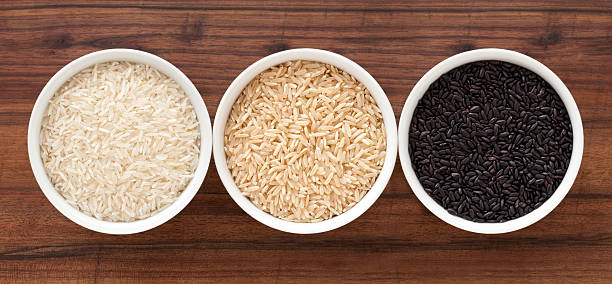
Yes, you can substitute instant rice for regular rice in most recipes. Instant rice typically cooks faster than regular varieties, so it is important to check the instructions on the packaging and adjust cooking times accordingly. Additionally, as mentioned above, instant rice has a higher glycemic index than traditional rice varieties, which means it may cause a more rapid spike in blood sugar levels. For this reason, people with certain health conditions or those looking to maintain stable blood sugar should look for recipes that use traditional rice varieties instead of instant ones.
Is Minute rice the same thing as instant rice?
Yes, Minute Rice is a brand of instant rice. It’s pre-cooked and dehydrated white rice that can be prepared in just a few minutes. Just like other types of instant rice, Minute rice has a higher glycemic index than traditional varieties.
What’s the Difference Between Instant Rice and Regular Rice
Here’s a comparison between instant rice and regular rice in tabular form:
| Aspect | Instant Rice | Regular Rice |
| Preparation Time | Much quicker (5-10 minutes) | Longer (15-45 minutes) |
| Cooking Method | Typically requires boiling water and soaking | Boiled in water or cooked in various methods (e.g., steaming, rice cooker) |
| Texture | Softer and less firm | Firmer and fluffier |
| Nutritional Value | Lower in some nutrients due to processing | Retains more nutrients |
| Shelf Life | Longer shelf life due to processing | Shorter shelf life |
| Flavor | Milder and less distinct | Stronger and more distinct |
| Cost | Usually more expensive per serving | Typically less expensive per serving |
| Availability | Widely available in most grocery stores | Widely available in most grocery stores |
Note: Instant rice is often pre-cooked and then dehydrated, which is why it cooks much faster than regular rice. However, regular rice is generally considered to have better texture and flavor, as well as higher nutritional value. The choice between the two depends on your specific needs, available time, and preferences.
FAQ
Is Instant Rice Healthy for You?
Instant rice can be a convenient option, but it may not be as healthy as whole grains. It undergoes processing that removes some nutrients and fiber found in regular rice, making it less nutritious. However, it can still be a part of a balanced diet if consumed in moderation and alongside other nutrient-rich foods. Choosing whole grains like brown rice or quinoa is generally a healthier option due to their higher fiber and nutrient content.
Is Instant Rice As Healthy As Normal Brown Rice?
No, instant rice is not as healthy as normal brown rice. Instant rice is processed and pre-cooked, which often results in a loss of nutrients and fiber compared to regular brown rice. Brown rice retains its bran and germ layers, which are rich in fiber, vitamins, minerals, and antioxidants. These nutritious components are typically removed or reduced in instant rice to extend shelf life and decrease cooking time. Therefore, normal brown rice is a healthier choice due to its higher nutritional content and lower processing.
Instant Rice Instructions
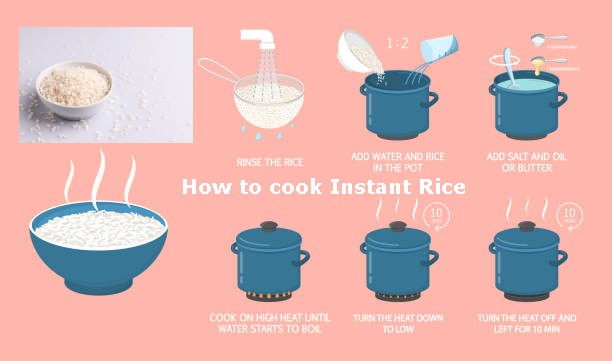
Instant rice, also known as minute rice or quick-cooking rice, is a convenient option for those times when you need a quick meal. Here are several ways to cook instant rice:
Microwave Method:
Place the desired amount of instant rice in a microwave-safe bowl.
Add water to the bowl, using the ratio mentioned on the rice package (typically 1 cup of rice to 2 cups of water).
Cover the bowl with a microwave-safe plate or microwave-safe plastic wrap.
Microwave on high for the recommended time (usually 5-7 minutes, but it may vary depending on your microwave’s wattage).
Let it sit for a couple of minutes after cooking, fluff it with a fork, and it’s ready to serve.
Stovetop Method:
Boil the appropriate amount of water in a pot, using the package instructions as a guideline.
Once the water is boiling, add the instant rice.
Stir the rice, cover the pot with a lid, and reduce the heat to low.
Simmer for the time indicated on the package (usually 5-7 minutes).
Remove from heat, let it sit with the lid on for a few minutes, and then fluff with a fork.
Boiling Water Pour-Over Method:
Bring water to a boil in a kettle or a separate pot.
Place the desired amount of instant rice in a heatproof bowl.
Pour the boiling water over the rice, using the recommended water-to-rice ratio.
Cover the bowl with a lid or plate, and let it sit for about 5-7 minutes.
Fluff with a fork before serving.
Steaming Method:
Use a microwave-safe steaming container or a stovetop steamer.
Add the recommended amount of water to the bottom of the steaming container.
Place the instant rice in a microwave-safe dish or a steaming tray.
Steam the rice for about 5-7 minutes in the microwave or according to the stovetop steaming instructions.
Fluff with a fork and serve.
Sauté Method (for added flavor):
Heat a small amount of oil or butter in a skillet or pan.
Add the instant rice and sauté it for a few minutes until it becomes slightly golden.
Pour in the appropriate amount of water and bring it to a boil.
Reduce the heat to low, cover, and simmer according to package instructions.
Fluff with a fork before serving.
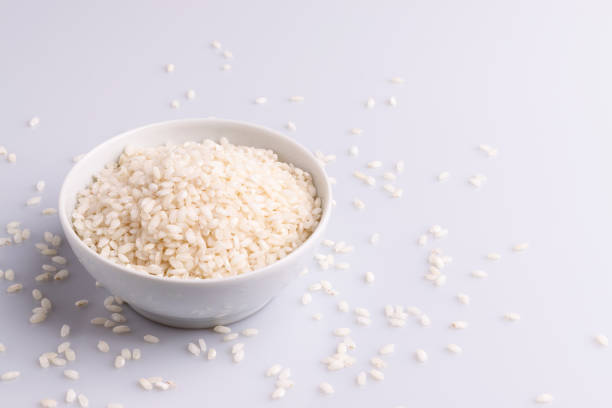
Note: Remember to check the specific instructions on the instant rice packaging, as cooking times and water ratios may vary between brands and types of instant rice. Adjust the seasoning and add herbs, spices, or vegetables to customize the flavor to your liking. Instant rice is versatile and can be used as a base for various dishes or enjoyed on its own.
Conclusion – Is Instant Rice Bad for You?
So Is Instant Rice Bad for You? Instant rice is not inherently bad for you, but it does come with some drawbacks when compared to traditional rice varieties.
If you choose to include instant rice in your diet, being mindful of the type of rice, its nutritional content, and any additives or preservatives involved can help ensure that you’re making a more health-conscious choice.

